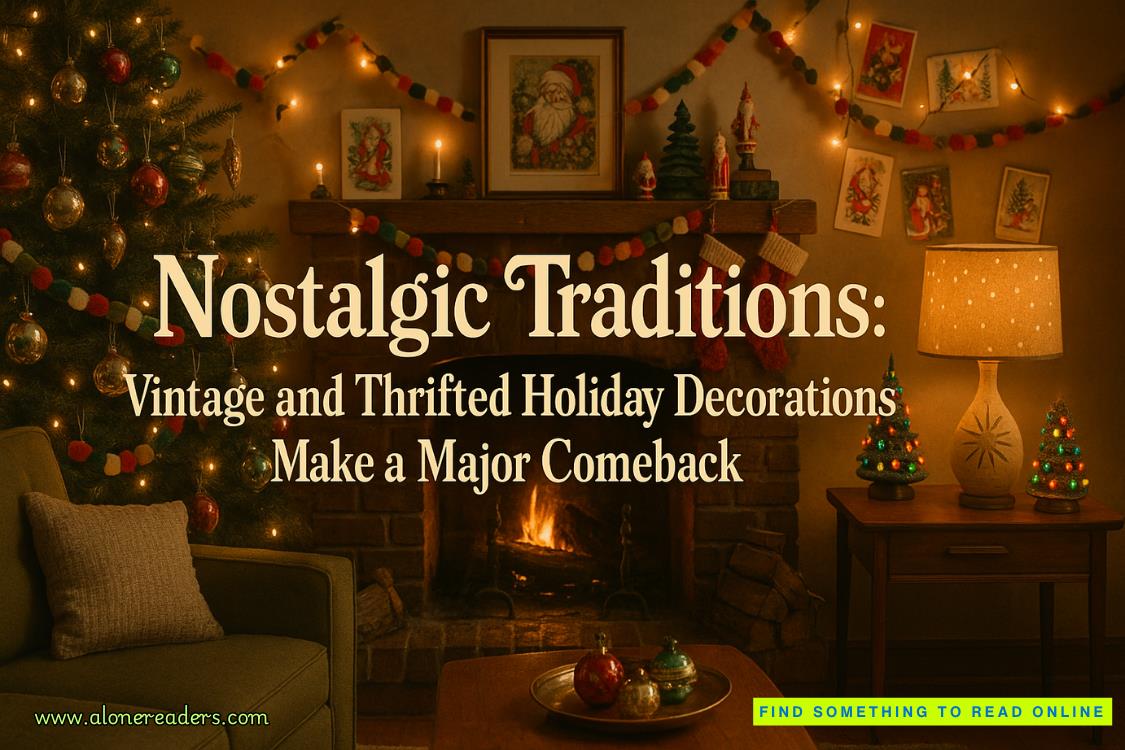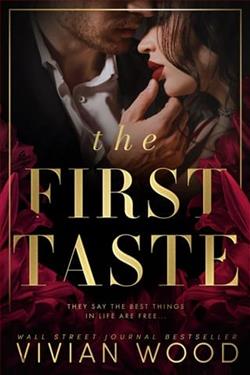Page 45 of Time's Fool
“We also agreed that you don’t rob my friends. Remember how well that went when you tried it with Winnie?”
The friar said a very unchristian word. “She cursed me wi’ piles! Who does that?”
“He’d do worse,” Gillian said, nodding at Kit.
“Why? He a mage?” the younger doxy asked, suddenly becoming animated. And sidling up to Kit with a predatory smile.
Gillian shot her a look. “Vampire.”
The woman cursed and stumbled away. “Why did ye bring one o’ them here?”
“As I said, he’s a friend.”
“His kind are friends only to themselves and their marks,” the courtesy man said, his sneer becoming more pronounced.
“You should know,” Kit murmured, and received a purely vicious look in return.
“Watch yerself,” the man advised Gillian.
“I’ll keep it in mind,” she assured him, and tossed the friar back his purse. “Is Rilda here?”
“Should be. She won’t be glad to see him, though,” the friar jerked a thumb at Kit.
“Let me handle that,” Gillian said, and pulled Kit off to a sagging alehouse just down the street.
“Who are they?” he asked, looking over his shoulder.
“Some of Rilda’s cats.”
“What?”
She grinned and pushed open the door. “Estrilda collects strays,” she explained, as they went in.
And Kit suddenly found himself in the strangest ale house in London.
Chapter Thirteen
There was a definite hierarchy to the drinking establishments of London.
At the top were the inns, especially the better ones, where gentlemen and wealthy merchants stayed when traveling to the city. They had good rooms, excellent food and an impressive wine list, which included vintages from France, Spain, Italy, and the Madeira and Canary Islands. The great cobblestoned inn yards also served as theaters for staging plays, which you could watch from your balcony.
Next down the list were taverns, which varied greatly in quality. There were establishments with decent food, good beer and wine, and which hosted clubs made up of some of the city’s great artists and playwrights. But there were also dumps that were little better than brothels, where you could buy a short visit with the tavern keeper’s wife or daughter for sixpence.
But even the lowliest of taverns was higher in the pecking order than the alternative: the ubiquitous, often unlicensed, and sometimes den of thieves known as the alehouse.
Alehouses almost exclusively served the poor, who were not known to be picky about their surroundings. As a result, the term could refer to anything from a designated establishment to the front room of someone’s house. They were banned from selling wine, not that most of their customers could afford it in any case, and mostly served their own home brewed ale. Food tended to be simple and was usually limited to buns and savory and sweet pies, although some places served more substantial meals.
But the food and drink weren’t the only point, or even the main one, of an ale house.
King Henry VIII had dissolved the monasteries and nunneries of England in his quarrel with the pope over leaving his first marriage. He had confiscated their wealth and sold off their lands, without sparing a thought as to how the poor of his realm were likely to fare without the food, cheap lodgings for travelers, and slew of other charitable services that the Catholic institutions had provided. And the new Church of England had yet to figure it all out.
Enter the lowly ale house.
Unable to buy the large quantities of grain and vegetables that were often bundled together at the official markets? Come to the ale house, where some old woman would sell you just enough for your nightly supper. Out of work and hungry? Come to the ale house, where food and drink could be put “on the slate” and you could pay for it later. Need a loan? Come to the alehouse, where the owners would often provide small amounts to patrons as long as there was property to pawn for it.
It was where servants and workmen came to eat their lunches, where young people came to flirt, and where used, often dubiously obtained goods exchanged hands for prices that the poor could afford. It also provided room for the local community to hold weddings, christening feasts and funerals, and had lodgings at bargain rates, so long as you didn’t mind sleeping with the owner and his wife. And that was assuming that there was a wife, instead of a lone proprietress, because running an ale house was among the few options for women who wanted to have a business of their own.
Indeed, one of the reasons witches were often depicted with a broom was because women had traditionally been the main brewers of ale and beer, which were stirred with a besom—a bundled broom. When hung over the door or window of an ale house, it showed the street that a new batch was ready. Likewise, the pointed hats associated with witches came from the habit in earlier times of alewives wearing them at market to be seen over the crowd, so that thirsty types would know where to go.















